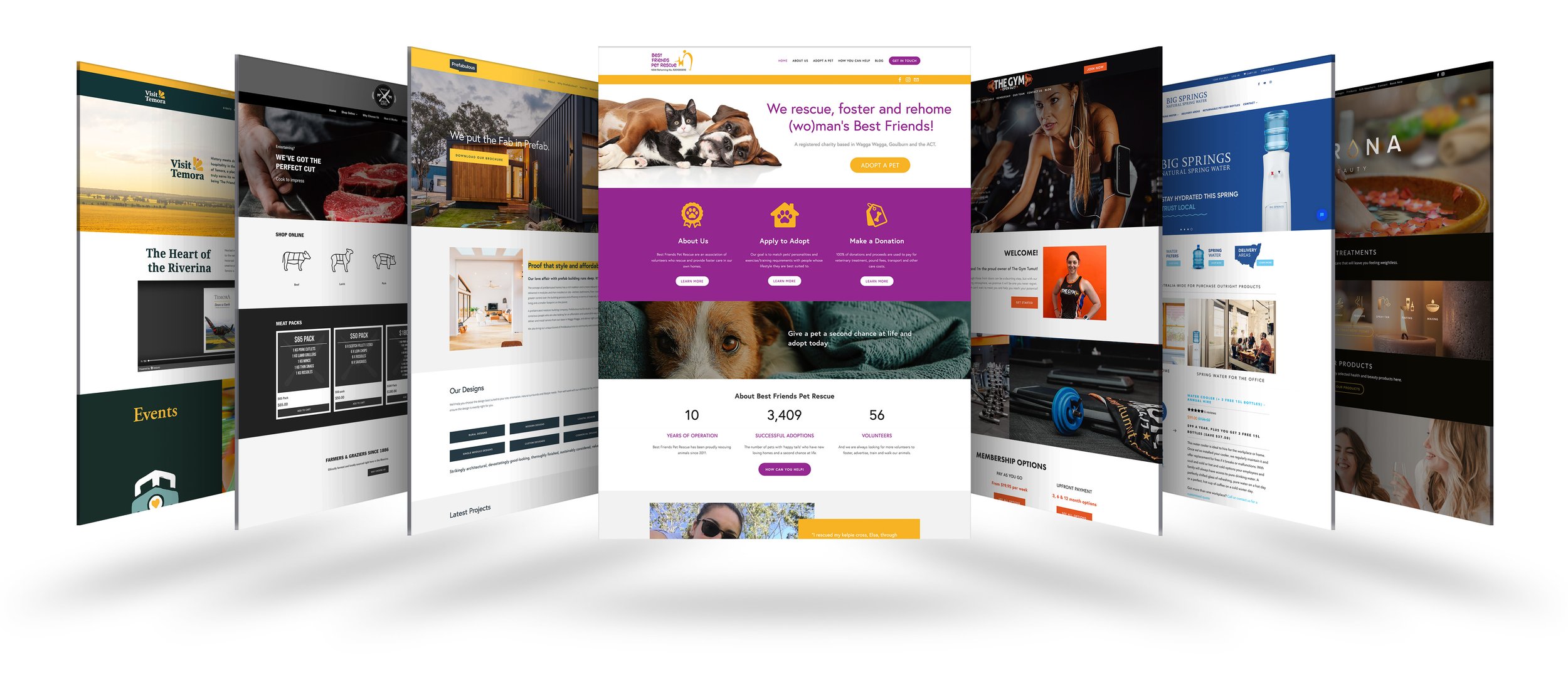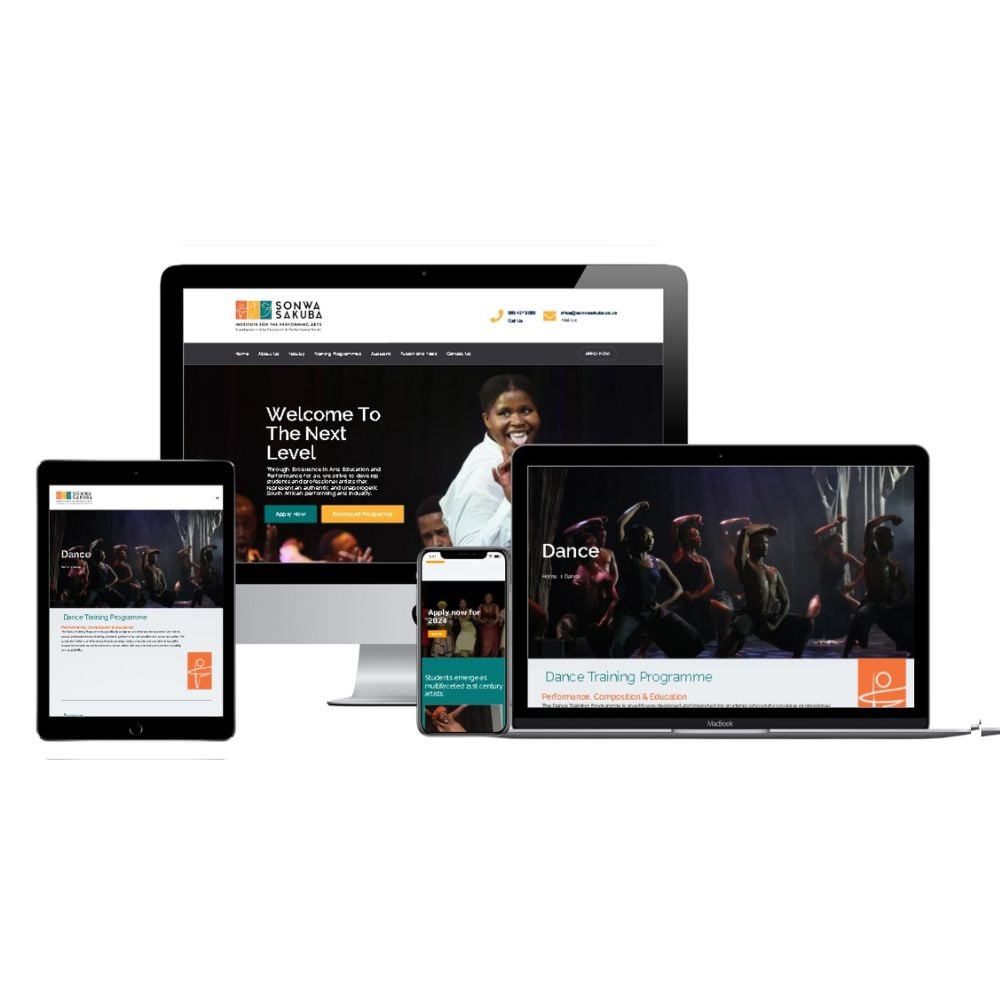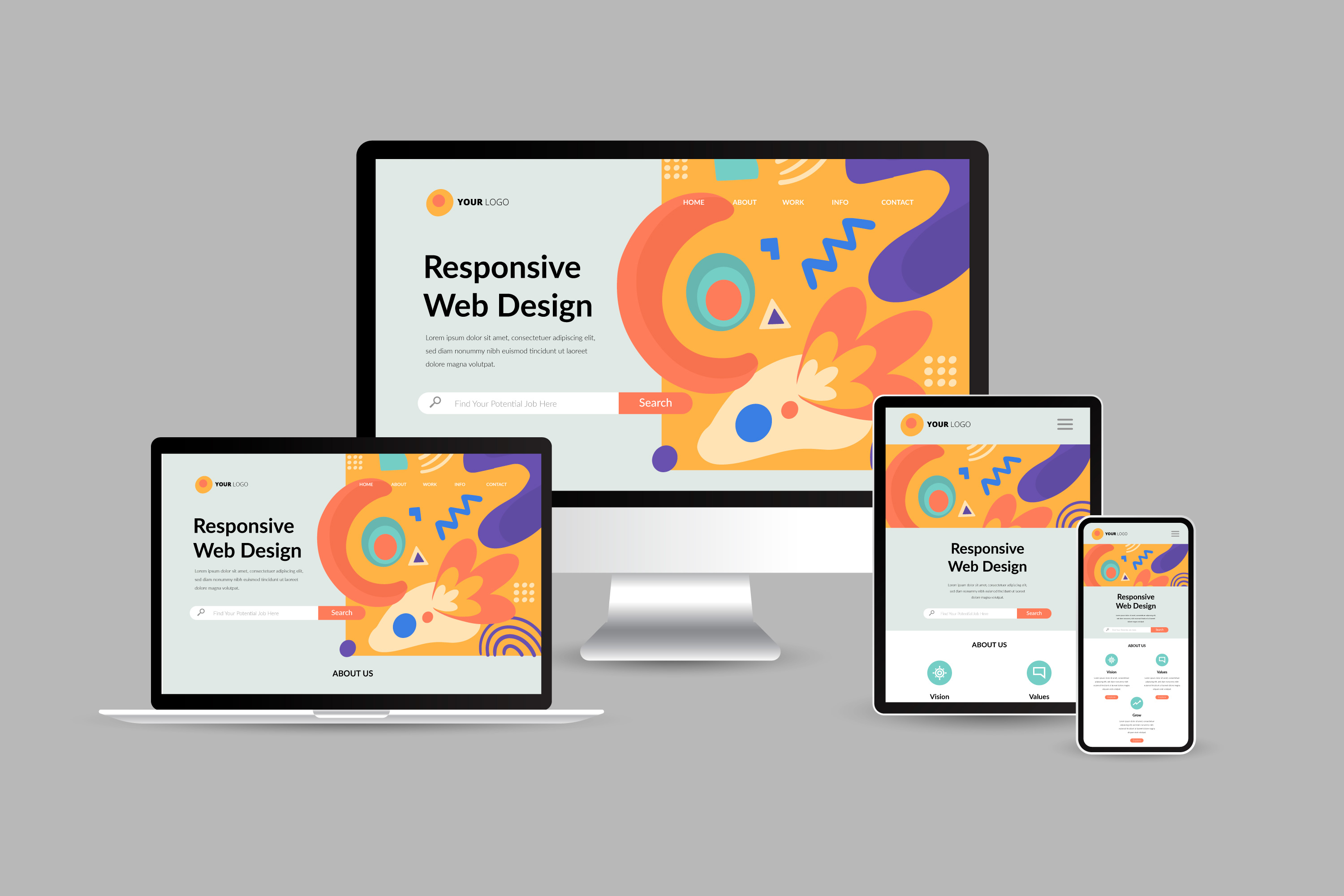How Website Design Affects Your Website’s Loading Speed and Performance
How Website Design Affects Your Website’s Loading Speed and Performance
Blog Article
Boost Involvement With Innovative Website Design Solutions
An attentively crafted user experience, underpinned by strategic aesthetic layout and interactive aspects, can significantly boost customer engagement. By checking out different approaches such as receptive design and personalized content, companies can produce a system that not only captivates users but also fosters long-term commitment.

Comprehending User Experience
Recognizing user experience (UX) is crucial for developing reliable website design options, as it straight influences exactly how users communicate with electronic platforms. A detailed UX approach incorporates different components, including user, ease of access, and use fulfillment, every one of which add to the general performance of an internet site.
To start with, functionality concentrates on just how quickly users can browse and locate the info they seek. Availability guarantees that all individuals, including those with handicaps, can properly interact with the site.
Furthermore, comprehending customer personalities is important for tailoring the experience to satisfy specific target market requirements. By conducting individual research and testing, designers can collect understandings that inform design decisions, ensuring the site not only satisfies visual objectives but likewise satisfies practical requirements. Inevitably, a thoughtful technique to UX style cultivates engagement, urges retention, and enhances total user complete satisfaction, which are crucial for the success of any digital platform.
Visual Style Methods
Integrating reliable visual style techniques is crucial for recording user interest and improving the general user experience on a site. A well-thought-out aesthetic power structure guides individuals via the content, allowing them to quickly absorb and browse details. This can be achieved with the critical use typography, shade schemes, and spacing, which collectively produce a engaging and cohesive format.
Shade plays an essential function in developing and stimulating feelings brand identification. Utilizing a balanced color combination that lines up with the brand name's values can promote knowledge and depend on. Additionally, including top quality photos and graphics improves aesthetic appeal and can dramatically boost customer engagement.
Whitespace, commonly neglected, is similarly crucial as it allows web content to breathe and stops frustrating customers with clutter. It assists in much easier analysis and understanding, bring about a more pleasurable browsing experience.
Finally, consistency in style aspects-- such as switch icons, styles, and typefaces-- ensures a smooth customer trip, strengthening the brand name's professionalism and trust. By strategically executing these visual layout strategies, internet sites can not only attract site visitors however likewise encourage them to remain longer and engage even more deeply with the content.
Interactive Aspects for Engagement
Involving users properly often rests on the application of interactive components that invite participation and foster a vibrant searching experience. These components, including tests, surveys, and interactive infographics, motivate individuals to actively participate as opposed to passively eat web content. By integrating such features, internet sites can not just capture attention however also enhance individual retention.

Gamification is an additional effective strategy. Incorporating game-like aspects, such as accomplishments or incentives for finishing tasks, can change ordinary communications into enjoyable experiences. This approach not just increases interaction but likewise motivates customers to return, creating a devoted target market.
In addition, interactive elements can facilitate social sharing, magnifying a website's reach. Attributes like comment sections, share switches, and user-generated content areas foster area communication, turning site visitors right into energetic individuals. website design. Eventually, the calculated use of interactive components is vital for creating a engaging and engaging web site that reverberates with users
Adaptive and receptive Style
A properly designed site has to focus on receptive and flexible design to make certain optimum customer experiences throughout a selection of tools and screen dimensions. Responsive design utilizes fluid grids and adaptable photos, enabling the format to immediately readjust based upon the customer's screen size. This approach makes certain that customers can easily navigate and communicate with the content, no matter whether they are making use of a desktop, tablet computer, or smartphone.
On the other hand, adaptive layout uses predefined layouts that are customized to certain tool groups. This suggests that the website identifies the kind of tool being utilized and serves the ideal layout, which can boost loading times and enhance the display screen of important elements. While both approaches intend to enhance usability, receptive style is frequently favored for its fluidness and smooth transition between tools.
Including responsive and adaptive style not only improves customer contentment but additionally positively impacts online search engine positions. Internet search engine prioritize mobile-friendly websites, thus raising visibility and attracting more visitors. Spending in these design strategies is essential for companies looking to involve their target market properly and maintain an affordable edge in today's digital landscape. website design.
Studying Customer Comments and Information
User comments and data analysis are vital components of effective site style, as they provide useful understandings right into individual actions and preferences. By methodically gathering and examining customer feedback via studies, use testing, and analytics devices, designers can identify discomfort factors and locations for enhancement. This data-driven method enables services to tweak their web site Visit Website components, making sure that the user experience straightens with target market expectations.
Evaluating metrics such as our website bounce rates, time on page, and click-through rates provides a measurable perspective on user involvement. These metrics help designers discern which content reverberates and which areas may call for optimization. A/B screening can be utilized to evaluate variations in style, enabling designers to make educated decisions based on individual interactions.
Including individual comments not only enhances website use but additionally cultivates a feeling of community and depend on. Engaging with users with responses loops cultivates commitment and motivates repeat visits. Ultimately, leveraging user responses and data analysis is integral to producing a dynamic, user-centered website that adjusts to evolving user requirements and preferences, consequently driving higher engagement and fulfillment.
Final Thought

An attentively crafted individual experience, underpinned by calculated aesthetic design and interactive components, can dramatically enhance customer interaction.Integrating reliable aesthetic design approaches is necessary for recording individual interest and boosting the total customer experience on a website.Individual responses and information analysis are necessary parts of effective internet site style, as they give important understandings into user actions and choices. Ultimately, leveraging customer feedback and data evaluation is integral to creating a vibrant, user-centered web site that adjusts to developing user needs and preferences, consequently driving greater engagement and complete satisfaction.
In conclusion, innovative site design remedies considerably boost customer involvement by focusing on individual experience, using effective visual approaches, and integrating interactive elements.
Report this page